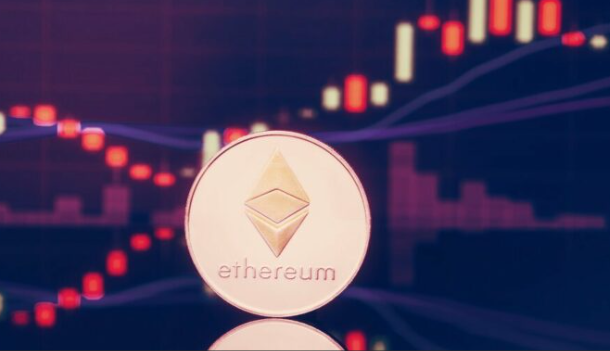 Ether increased dramatically to $3,500 Amid Record Futures Activity
Ether increased dramatically to $3,500 Amid Record Futures Activity
Ether (ETH) has reached a significant milestone, climbing 15% from November 20 to November 27 and nearing the $3,500 mark for the first time in four months. This increase coincides with a record surge in Ether futures open interest, now standing at $22 billion—a reflection of growing institutional participation and diverse trading strategies.
Record Open Interest Highlights Institutional Engagement
The substantial rise in Ether’s price is not solely due to bullish sentiment; it also stems from various trading tactics employed by institutional investors, such as hedging and neutral positioning. The Chicago Mercantile Exchange (CME) has emerged as a major player in this market, with its share of ETH futures open interest reaching $2.5 billion. This development indicates a notable shift towards heightened institutional involvement, which is often seen as a sign of market maturity.
The aggregate open interest in Ether futures has risen by 23% over the month leading up to November 27, reaching its all-time high. In comparison, Bitcoin futures open interest was recorded at $31.2 billion three months prior on August 27, and Ether futures were valued at $14 billion when Ether traded above $4,000 on May 13.
Market leaders Binance, Bybit, and OKX dominate the current landscape, accounting for approximately 60% of the demand for ETH futures. However, CME’s increasing foothold emphasizes the growing importance of institutional players in the crypto space.
Understanding Leverage in Derivatives Markets
High demand for leverage among both institutional and retail investors does not necessarily indicate a uniformly bullish market outlook. The derivatives markets operate with a balance between buyers and sellers and present opportunities for various strategies, including those that can benefit from price declines.
For instance, the cash and carry strategy allows traders to buy Ether in the spot market while selling an equivalent amount in ETH futures, thereby hedging their exposure. Additionally, some traders exploit rate differentials by purchasing shorter-term contracts while simultaneously selling longer-dated contracts, regardless of their forecasts for ETH’s future price movements. These approaches contribute to a significant uptick in demand for leveraged positions without directly indicating bullish sentiment.
As of November 6, the two-month ETH futures annualized premium (basis rate) exceeded 10% and has remained robust at about 17% over the past week. This premium permits traders to secure a fixed return while fully hedging their exposure through strategies like cash and carry. Nonetheless, the acceptance of a 17% cost to maintain leveraged long positions can hint at a moderate level of bullishness among certain market participants.
 Risks and Liquidations in a Leveraged Environment
Risks and Liquidations in a Leveraged Environment
While institutional strategies are gaining traction, the retail investor segment continues to pose risks in a highly leveraged environment. Spot traders frequently use significant leverage—some up to 20 times—leading to potential liquidations with small price fluctuations. A mere 5% decline in Ether’s price could wipe out an entire margin deposit, resulting in forced liquidations.
Between November 23 and November 26 alone, approximately $163 million in leveraged long ETH futures positions were liquidated. To assess the health of retail futures positions, traders often turn to perpetual contracts, which closely resemble the ETH spot price and have variable funding rates. Currently, the ETH perpetual futures funding rate hovers around the neutral threshold at 2.1% per month, albeit briefly peaking above 4% on November 25.
This data strongly suggests that while Ether’s open interest is on the rise, it reflects institutional strategies such as hedging and neutral positioning rather than an overwhelming bullish sentiment among retail investors.
In conclusion, Ether’s recent price surge and record futures open interest underscore complex dynamics within the cryptocurrency market, highlighting significant institutional participation alongside cautious retail engagement.


